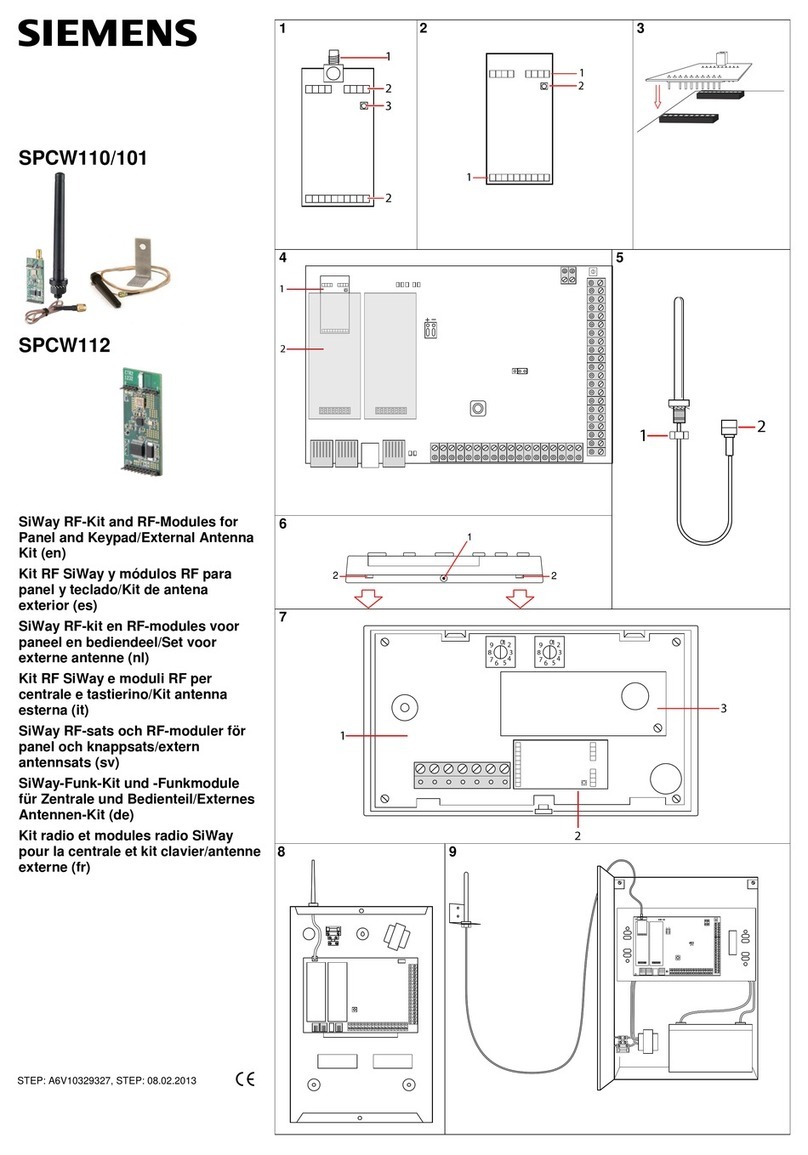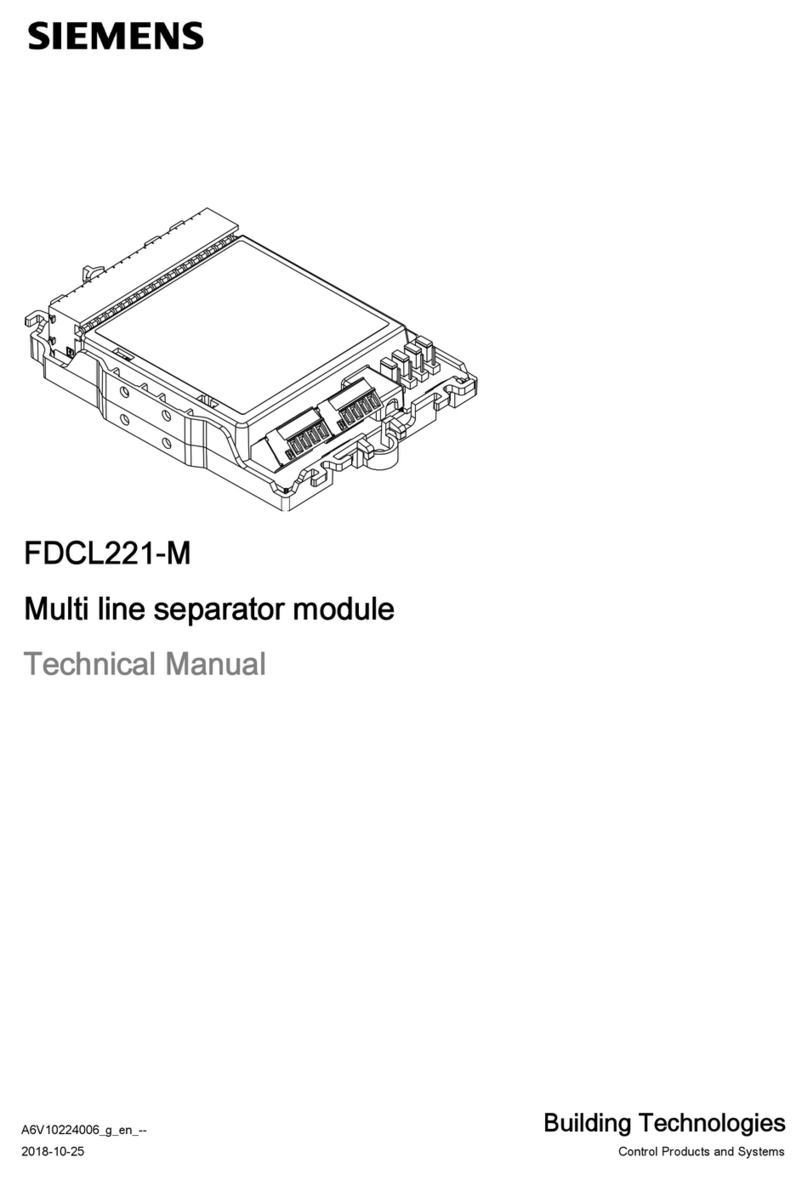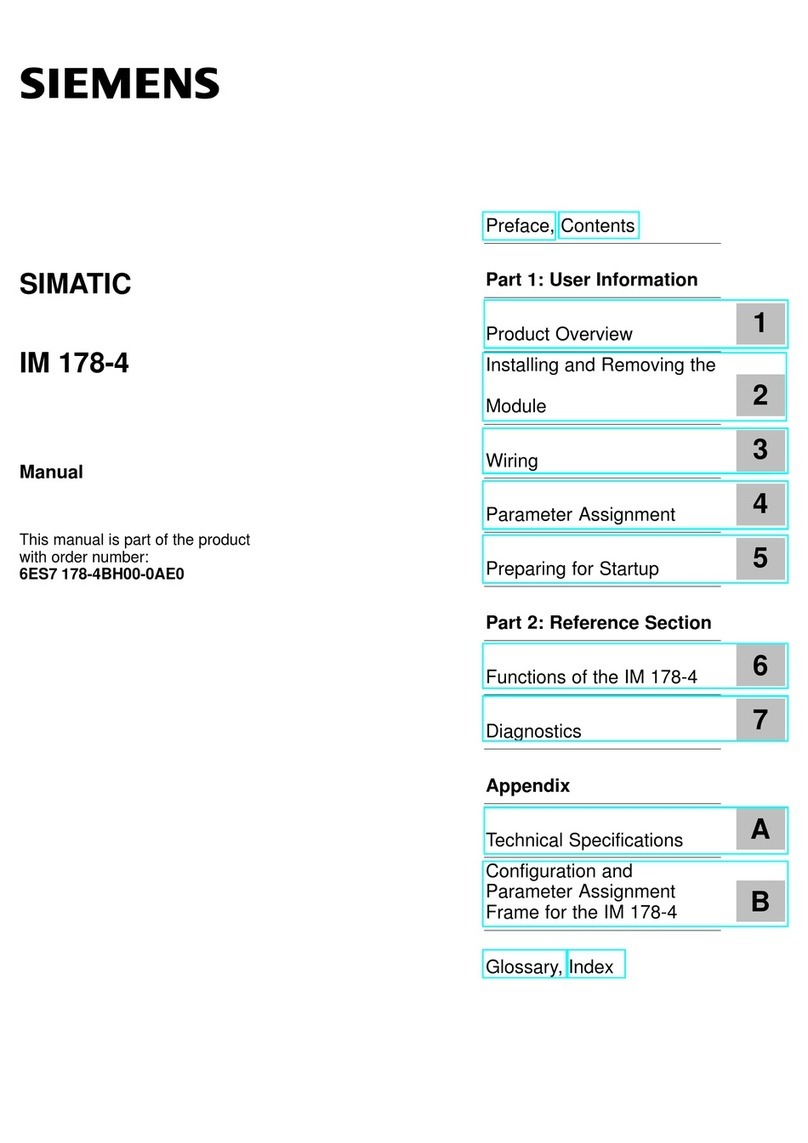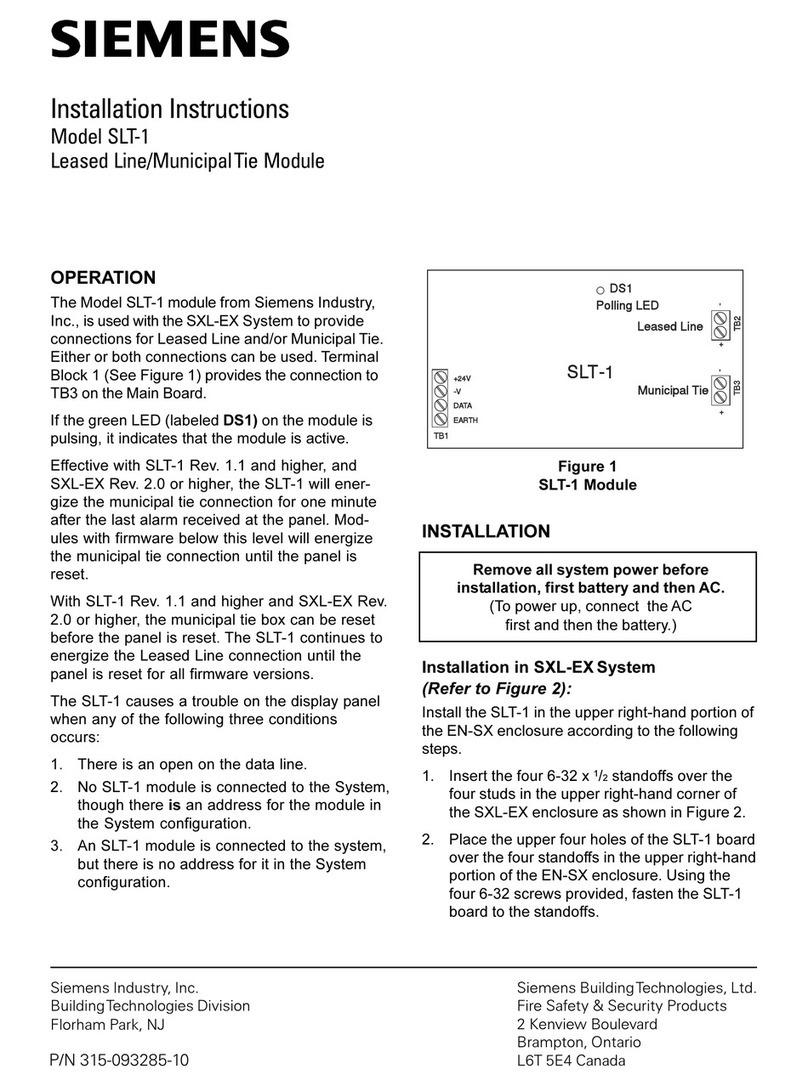Siemens 3AD8 User manual
Other Siemens Control Unit manuals
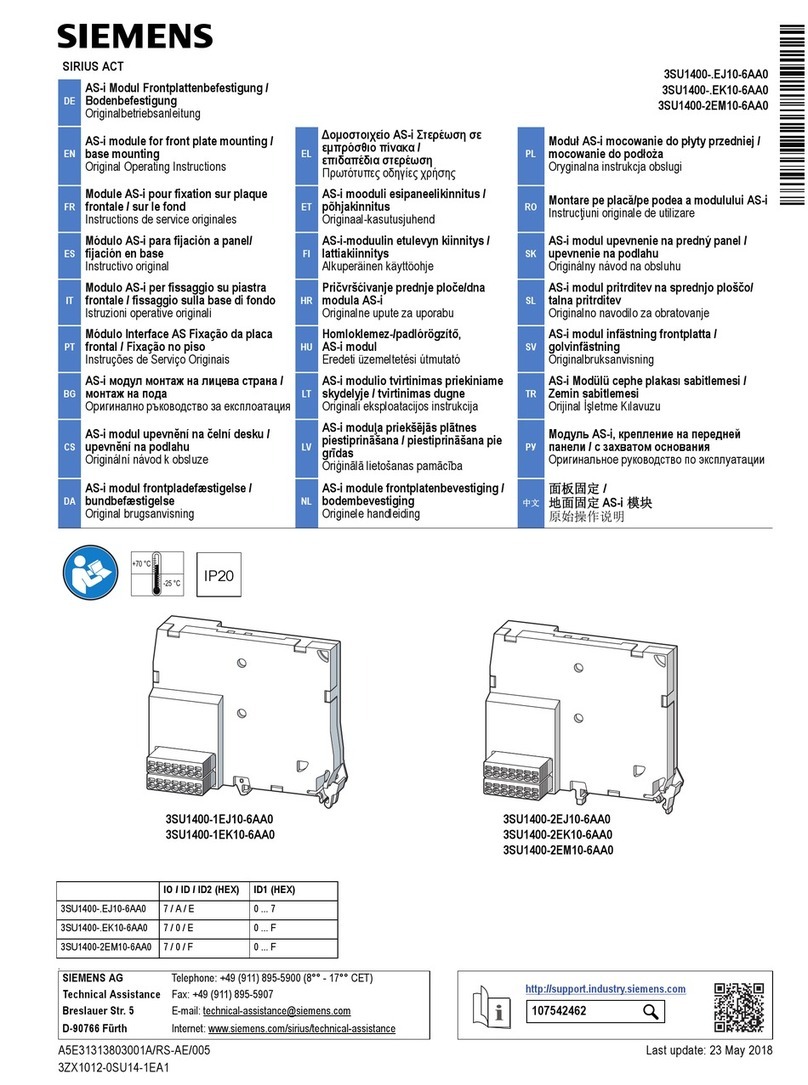
Siemens
Siemens SIRIUS ACT 3SU1400-2EM10-6AA0 User manual
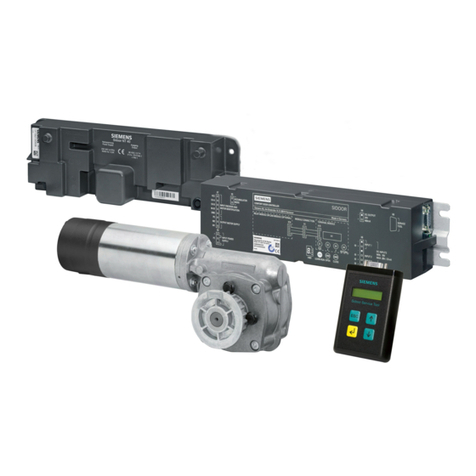
Siemens
Siemens SIDOOR AT40 User guide
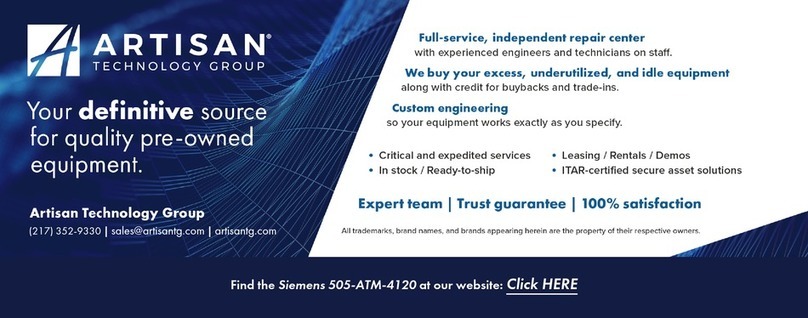
Siemens
Siemens SIMATIC TI505 386/ATM User manual
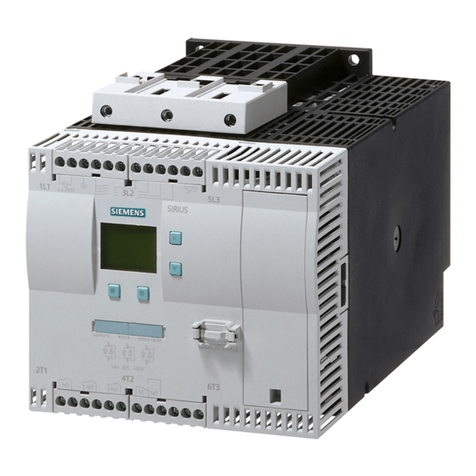
Siemens
Siemens SIRIUS 3RW44 User manual
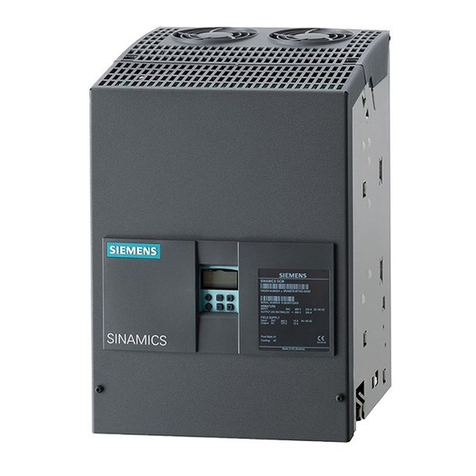
Siemens
Siemens SINAMICS DCM User manual
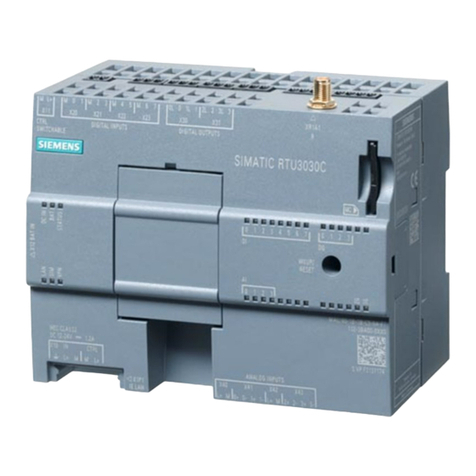
Siemens
Siemens Simatic RTU3030C User manual

Siemens
Siemens SINAMICS Series Technical Document
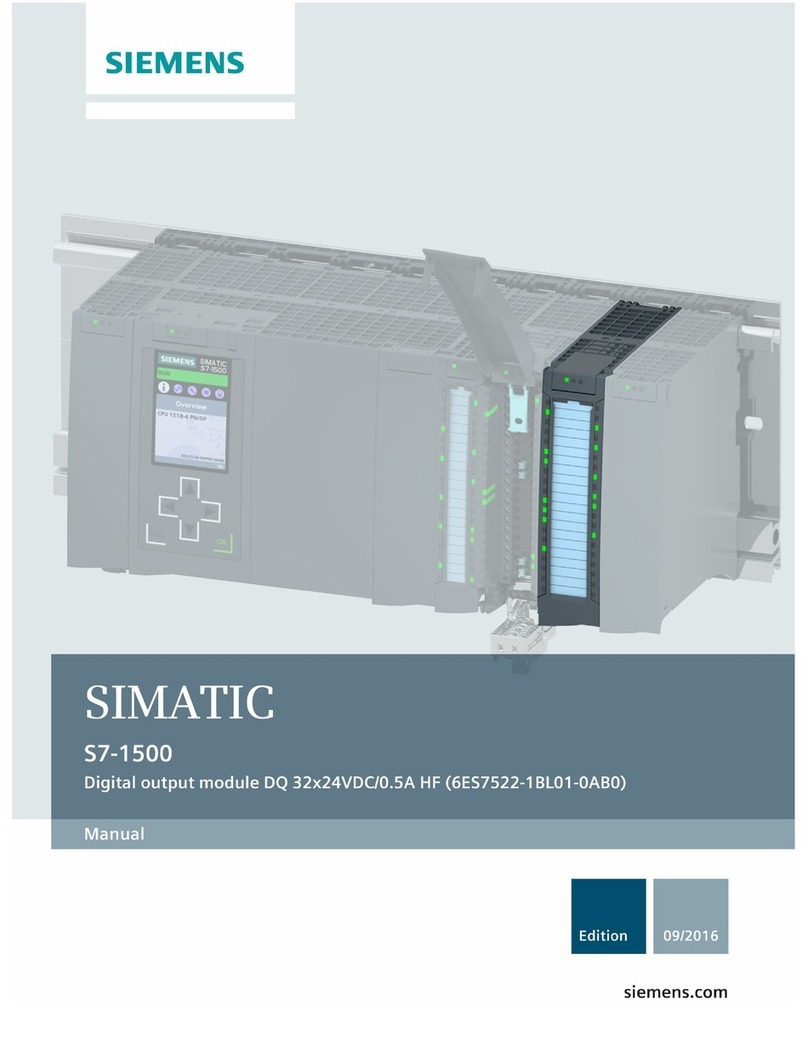
Siemens
Siemens Simatic S7-1500 User manual

Siemens
Siemens CZM-1B6 Service manual

Siemens
Siemens Simatic S7-1500 User manual

Siemens
Siemens WF 723 C Operating instructions
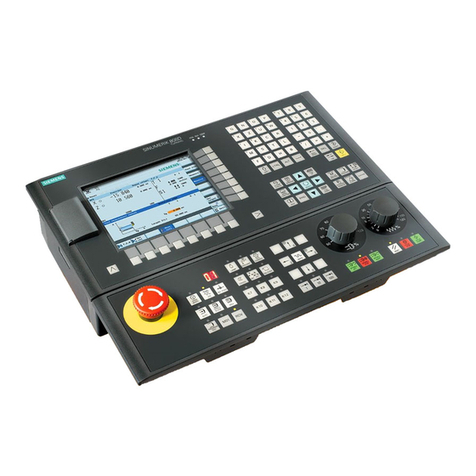
Siemens
Siemens SINUMERIK 808D User manual

Siemens
Siemens Simatic TI405 User manual
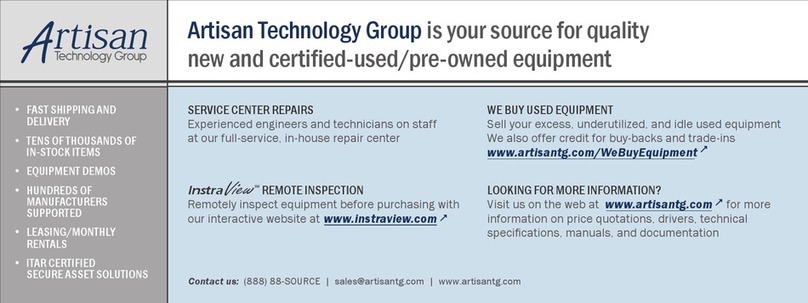
Siemens
Siemens SIMADYN D SS52 User manual
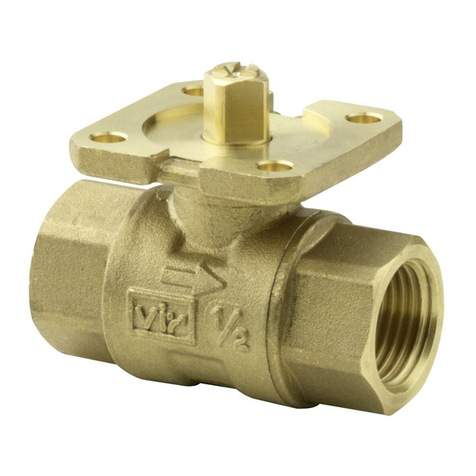
Siemens
Siemens VAI61 Series User manual
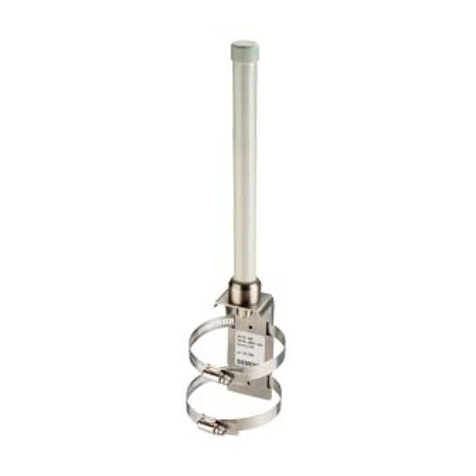
Siemens
Siemens ANT792-6MN Administrator guide
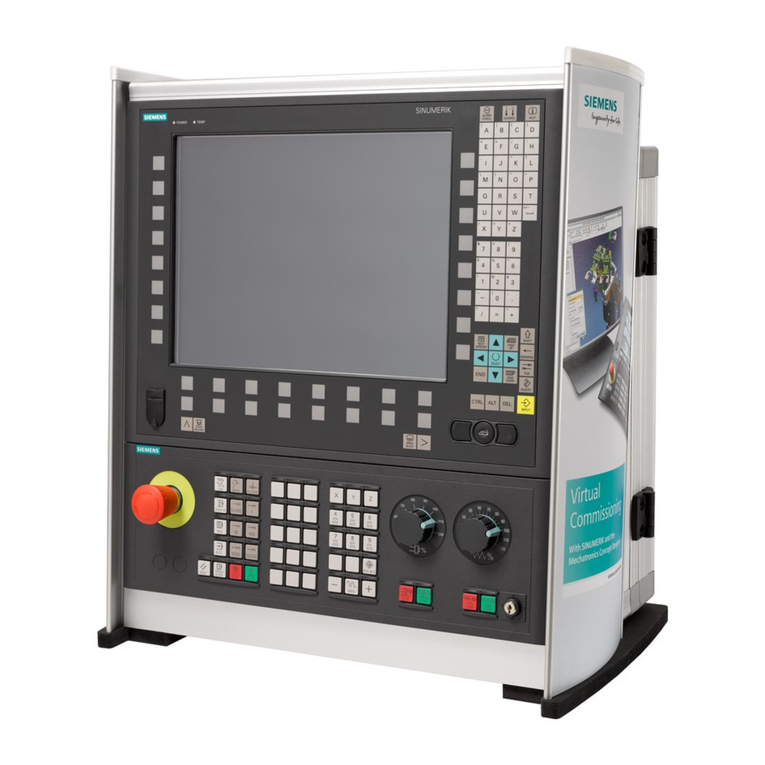
Siemens
Siemens SINUMERIK 840D sl User manual

Siemens
Siemens SINAMICS G120 User manual
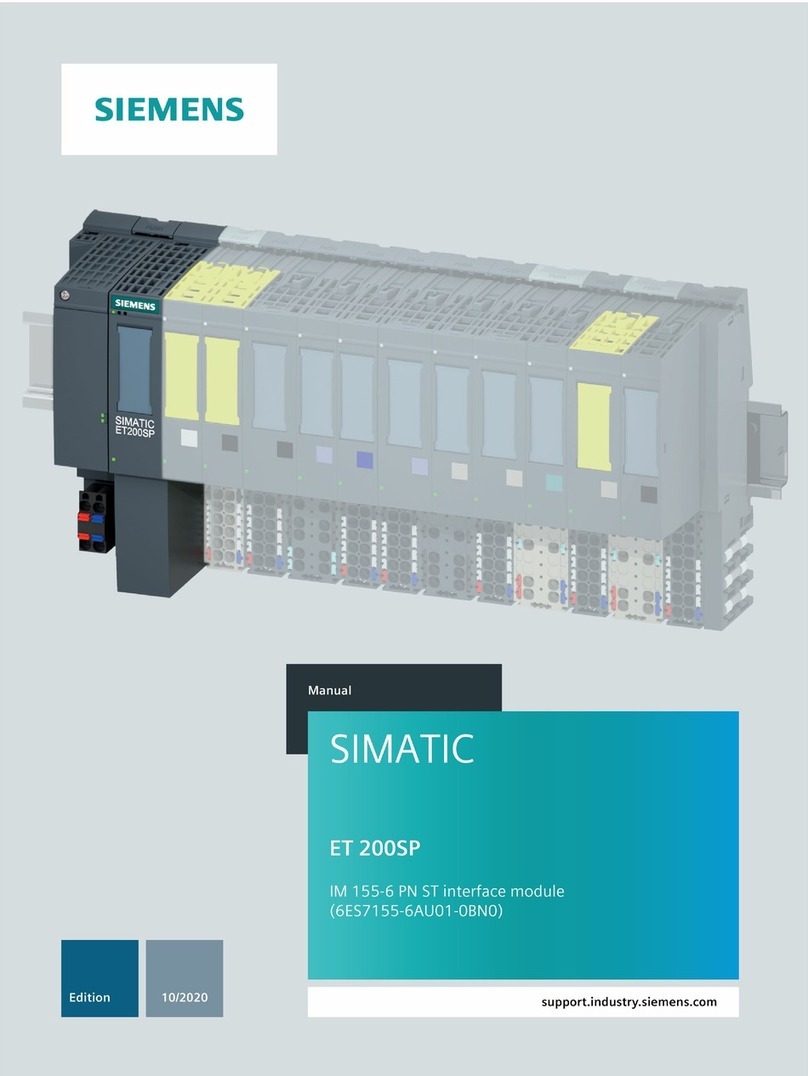
Siemens
Siemens IM 155-6 PN ST Technical Document
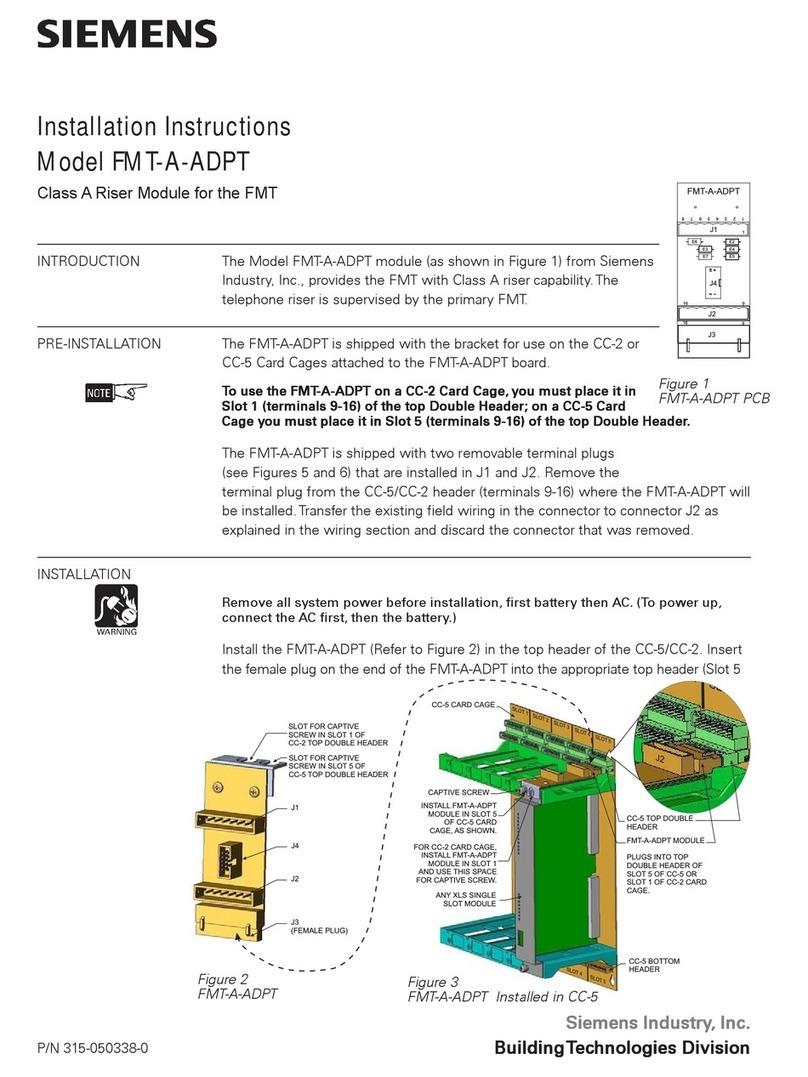
Siemens
Siemens FMT-A-ADPT User manual
Popular Control Unit manuals by other brands

Festo
Festo Compact Performance CP-FB6-E Brief description

Elo TouchSystems
Elo TouchSystems DMS-SA19P-EXTME Quick installation guide

JS Automation
JS Automation MPC3034A user manual

JAUDT
JAUDT SW GII 6406 Series Translation of the original operating instructions

Spektrum
Spektrum Air Module System manual

BOC Edwards
BOC Edwards Q Series instruction manual

KHADAS
KHADAS BT Magic quick start

Etherma
Etherma eNEXHO-IL Assembly and operating instructions

PMFoundations
PMFoundations Attenuverter Assembly guide

GEA
GEA VARIVENT Operating instruction

Walther Systemtechnik
Walther Systemtechnik VMS-05 Assembly instructions

Altronix
Altronix LINQ8PD Installation and programming manual
